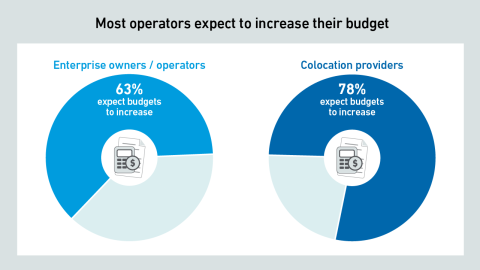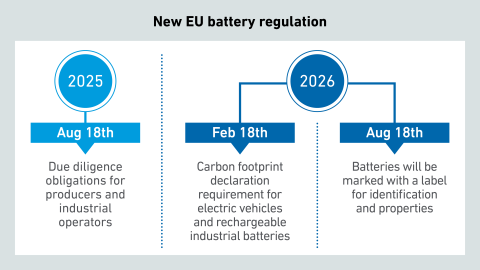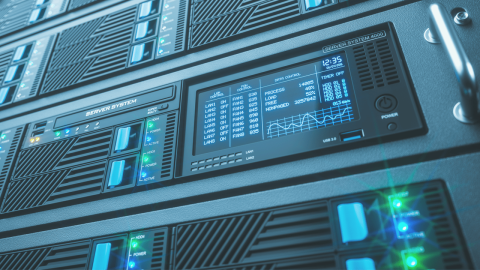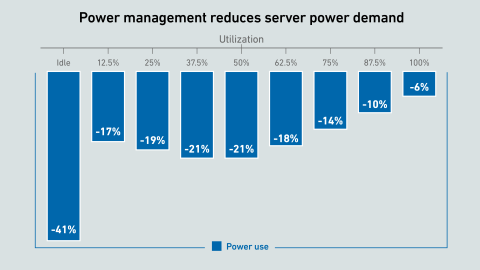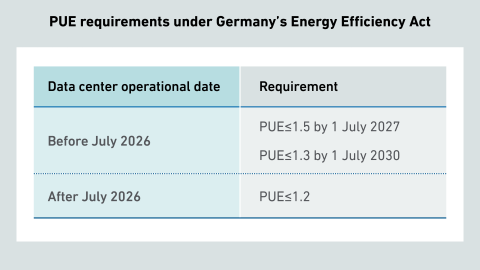Hyperscalers use DC busbars in their racks. Proven at large scale, the technology saves energy and materials, but without a market for DC servers that meets the needs of smaller operators and enterprises, no one else will use it.
filters
Explore All Topics
Uptime Institute's 2024 Data Center Maintenance Survey benchmarks maintenance practices among data center operators and sets to help organizations improve performance when it comes to maintenance utilizing in-house employees, third-parties, and/or…
While the fire risk with lithium-ion batteries is widely understood, guidance on how best to mitigate it is still evolving. Controlling a Li-ion fire is difficult because of chemistry that creates the risk of thermal runaway.
The 14th edition of the Uptime Institute Global Data Center Survey highlights the experiences and strategies of data center owners and operators in the areas of resiliency, sustainability, efficiency, staffing, cloud and AI. The attached data files…
Electric grids face serious issues largely because of national efforts to reduce carbon emissions and boost electrification. Data center growth will add to these problems - but unreliable data could lead to poor decision-making.
Preliminary calculations by Uptime Intelligence suggest the initial impact of generative AI on global data center power use is low - but it will rise quickly as adoption increases. How far generative AI will go remains unclear.
The US Energy Information Administration has obtained an order requiring cryptocurrency mining operations to report their energy use. It is likely that traditional data centers will also be required to report energy consumption in 2024.
Data center budgets are expected to increase in 2024 for most organizations, but ongoing supply chain issues and staffing challenges may restrict investments, according to recent Uptime Intelligence survey data.
New EU legislation will raise recycling and reporting standards for batteries, regardless of chemistries. Although motivated by battery use in electric vehicles, the regulations also place obligations on data center operators.
There is more to managing server power than just conserving energy when the machine is idle. Another side to optimizing energy performance involves setting processor performance levels appropriate for the application.
Without the active contribution from IT, data center infrastructure energy performance and sustainability will fall short of aspirations. Server power management features remain unexplored and underused by most efficiency initiatives.
Operators are missing opportunities to lower costs and energy use by not using utilization and power management data, an Uptime Intelligence survey on IT and power efficiency suggests.
Germany's Energy Efficiency Act makes a PUE of 1.2 mandatory for all new data centers starting in 2026. This has reignited a debate: can a data center be both highly available and highly efficient?
Large colocation and public cloud companies have been growing strongly and very publicly, but enterprises continue to add data center capacity too, Uptime Intelligence data shows.
Despite high expectations, most operators will only see moderate impact from specialized AI hardware installations in the immediate future. The emergence of AI as a major force will sway the industry in a more profound, but less direct, fashion.
 Peter Judge
Peter Judge
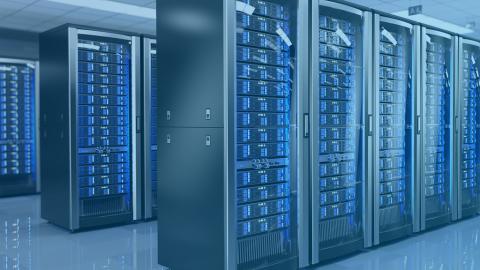
 Anthony Sbarra
Anthony Sbarra
 Laurie Williams
Laurie Williams
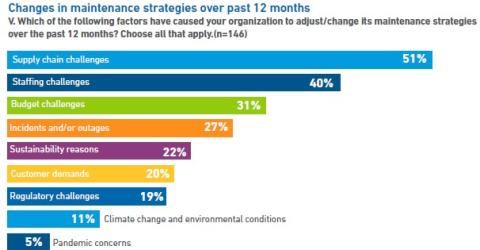
 Rosa Lawrence
Rosa Lawrence
 Daniel Bizo
Daniel Bizo
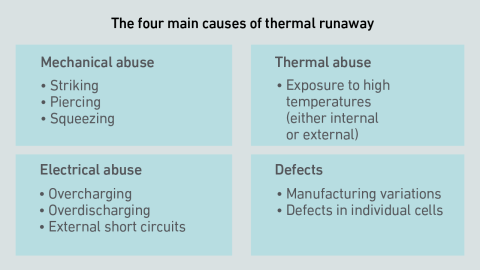
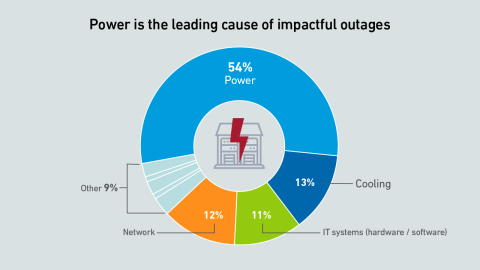
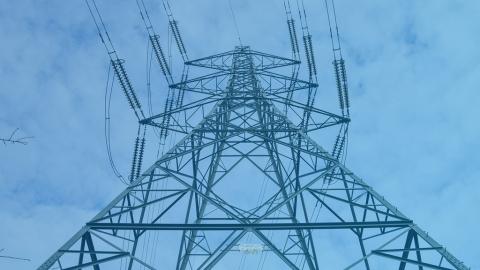
 Andy Lawrence
Andy Lawrence
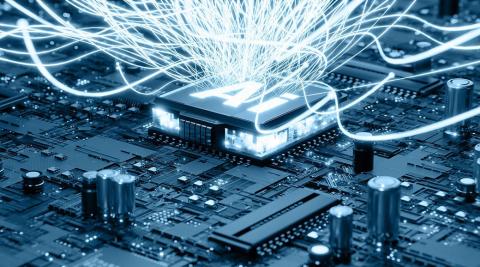
 Jay Dietrich
Jay Dietrich
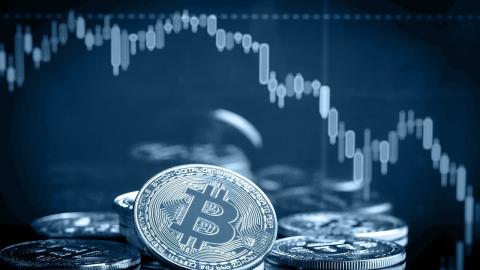
 Douglas Donnellan
Douglas Donnellan
